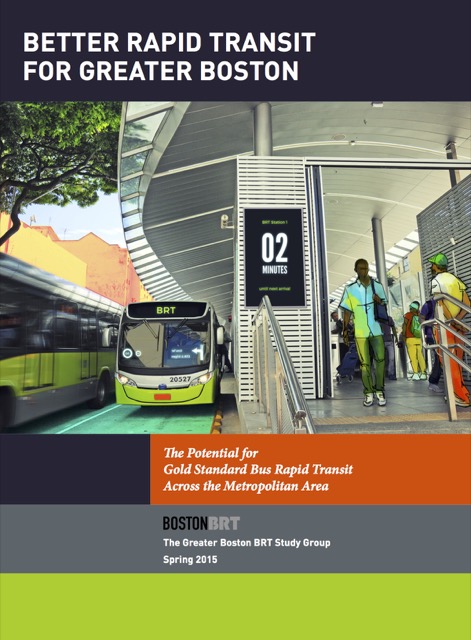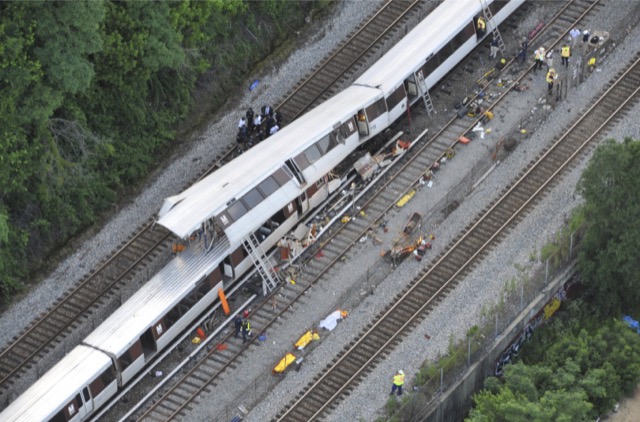The Greek debt crisis has Paul Krugman waging a verbal war against those he called Austerians, meaning economists who think the solution to being up-to-your-ears in debt is to cut back on spending. (It’s also a pun on Austrian economics, which generally opposes government intervention in just about anything.)
“Greece was overspending, but not by all that much,” claims Krugman. “It was over indebted, but again not by all that much. How did this turn into a catastrophe that among other things saw debt soar to 170 percent of GDP despite savage austerity?” The answer, he argues, is the austerity measures themselves “are the obvious culprits.”
Never mind the fact that tax avoidance in Greece is a national sport, that Greece doesn’t bother to make sure people pay user fees for public services like rail transport, and despite collecting so little fares the country lavishly pays rail workers an average of nearly $75,000 a year so that the rail system costs seven times as much to operate as it returns in revenues. Krugman’s solution is to spend more, thus effectively excusing people for not paying taxes or fares and for demanding high pay and pensions for jobs that produce little economic benefit.










